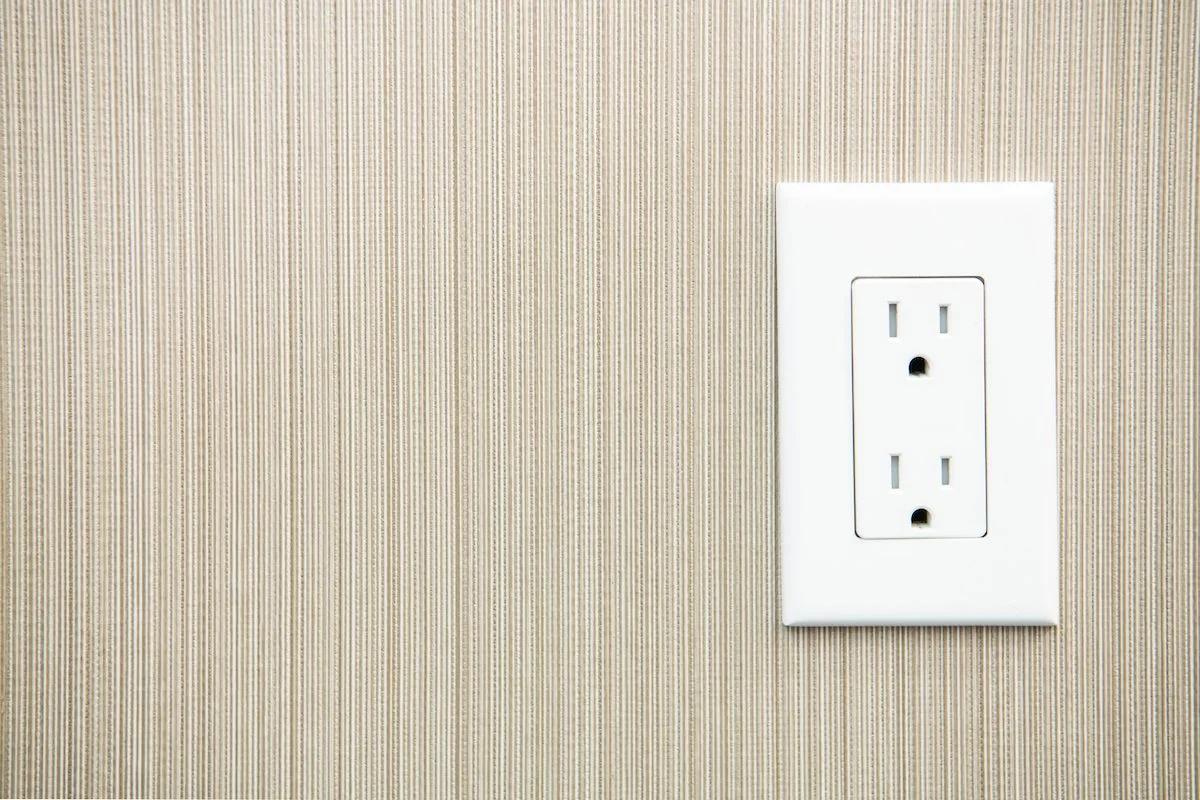Electrical Safety - Retail
Languages: English
Media Editing: The video module(s) in this subject are editable under our Content Studio offering unless otherwise indicated. For more information about Content Studio, contact your CSM.
Description: Although using plugs and outlets is so common that we hardly think about it, they can cause serious accidents if handled improperly. In fact, any device that uses electricity has the potential to cause harm if the user doesn't know how to use it or isn't aware of the risks involved. The primary hazards of electrical equipment are improper use of extension cords, missing or discontinuous grounding paths, lack of ground fault protection, and equipment not being used in the manner prescribed. In this subject, learners are taught how to reduce these hazards by learning how to identify cords that are unsuitable, where potential shock points are, what to do if an electrical danger is found, and more.
Languages: English
Media Editing: The video module(s) in this subject are editable under our Content Studio offering unless otherwise indicated. For more information about Content Studio, contact your CSM.
Description: Although using plugs and outlets is so common that we hardly think about it, they can cause serious accidents if handled improperly. In fact, any device that uses electricity has the potential to cause harm if the user doesn't know how to use it or isn't aware of the risks involved. The primary hazards of electrical equipment are improper use of extension cords, missing or discontinuous grounding paths, lack of ground fault protection, and equipment not being used in the manner prescribed. In this subject, learners are taught how to reduce these hazards by learning how to identify cords that are unsuitable, where potential shock points are, what to do if an electrical danger is found, and more.
Languages: English
Media Editing: The video module(s) in this subject are editable under our Content Studio offering unless otherwise indicated. For more information about Content Studio, contact your CSM.
Description: Although using plugs and outlets is so common that we hardly think about it, they can cause serious accidents if handled improperly. In fact, any device that uses electricity has the potential to cause harm if the user doesn't know how to use it or isn't aware of the risks involved. The primary hazards of electrical equipment are improper use of extension cords, missing or discontinuous grounding paths, lack of ground fault protection, and equipment not being used in the manner prescribed. In this subject, learners are taught how to reduce these hazards by learning how to identify cords that are unsuitable, where potential shock points are, what to do if an electrical danger is found, and more.
Topics
Identifying Electrical Hazards
-
In a retail environment, a worker will probably not come in contact with power lines, but they will use cords, outlets, and plugs. Learners will learn how to identify and recognize what electrical hazards are and what to do with a faulty device.
-
Questions (level 1, 2, 3)
Video module
-
This topic is currently available in English.
-
If a plug has a missing ground prong (the third prong), or rattles when you shake it, throw it out to avoid electrical shock.
If a cord has exposed wires or is starting to fray, throw it out to avoid electrical shock.
Apply a warning tag to any defective electrical item or tool, and don’t use it until the problem is fixed.
If an outlet is unusually warm, has a strange odor, is making an unusual noise, smokes, or sparks, remove the plugs, and report it right away as it is probably overloaded.
Place halogen lights away from combustible materials because they get very hot and could cause fires.
Don’t use outlets that have exposed wiring because you could get electrocuted.
Don’t plug two extension cords together because you could overload the circuit.
If the ground fault circuit interrupter (GFCI)’s reset button is consistently popping out, something may be wrong, so remove the plugs and report it.
General Electrical Safety Tips
-
There are some general guidelines to follow when working with electrical products. This topic covers what ground fault circuit interrupters are, who can fix electrical issues and what to do if an incident occurs involving electrical equipment.
-
Questions (level 1, 2, 3)
Video module
-
This topic is currently available in English.
-
Make sure your hands are clean and dry before touching electrical equipment to reduce the chance of electrocution.
Follow instructions from your workplace supervisors and in the device's manual when working with electrical equipment to reduce the risk of injury.
Ground fault circuit interrupters (GFCIs) are fast acting circuit breaks that can shut off electric power in the event of a ground fault, so you don’t get a shock.
Always use approved equipment, and don’t modify anything, so you don’t compromise your safety.
Send all electrical devices that need repairs to licensed electrical workers because they have the skills and tools to fix them safely.
Know where the panel and circuit breakers are in case of emergency, and never block their access.
If an electrical incident is occurring, don’t touch the person or equipment involved because you could get shocked or electrocuted.
If an electrical incident is occurring, disconnect the power source before you do anything else.
Unplug appliances when not in use to avoid accidental shock or fire.
Preventing Hazards Involving Cords and Plugs
-
If employees use a cash register, scanner, tablet, or computer at work, they work with cords and plugs. This topic covers how to know when cords are unusable, which types of extension cords are unsafe to use, how to unplug something properly and more.
-
Questions (level 1, 2, 3)
Video module
-
This topic is currently available in English.
-
When unplugging cords, always pull on the plug, not the cord, so you don’t damage the cord or increase the risk of shock.
Keep electrical cords off the floor, so they don’t get damaged or cut.
Turn off electrical devices before unplugging them to reduce the chance of shock.
Tape down cords if needed, and don’t use nails or staples as they could cause fires and shocks.
When storing cords, don’t tie them in knots as the wires could break and cause short circuits the next time it’s used.
Don’t ever force a plug into an outlet as it could cause electrical shocks.
Do not remove (cut off) ground prongs (the third, bottom prong) from plugs to make them fit into an outlet as this can increase the risk of shock.






